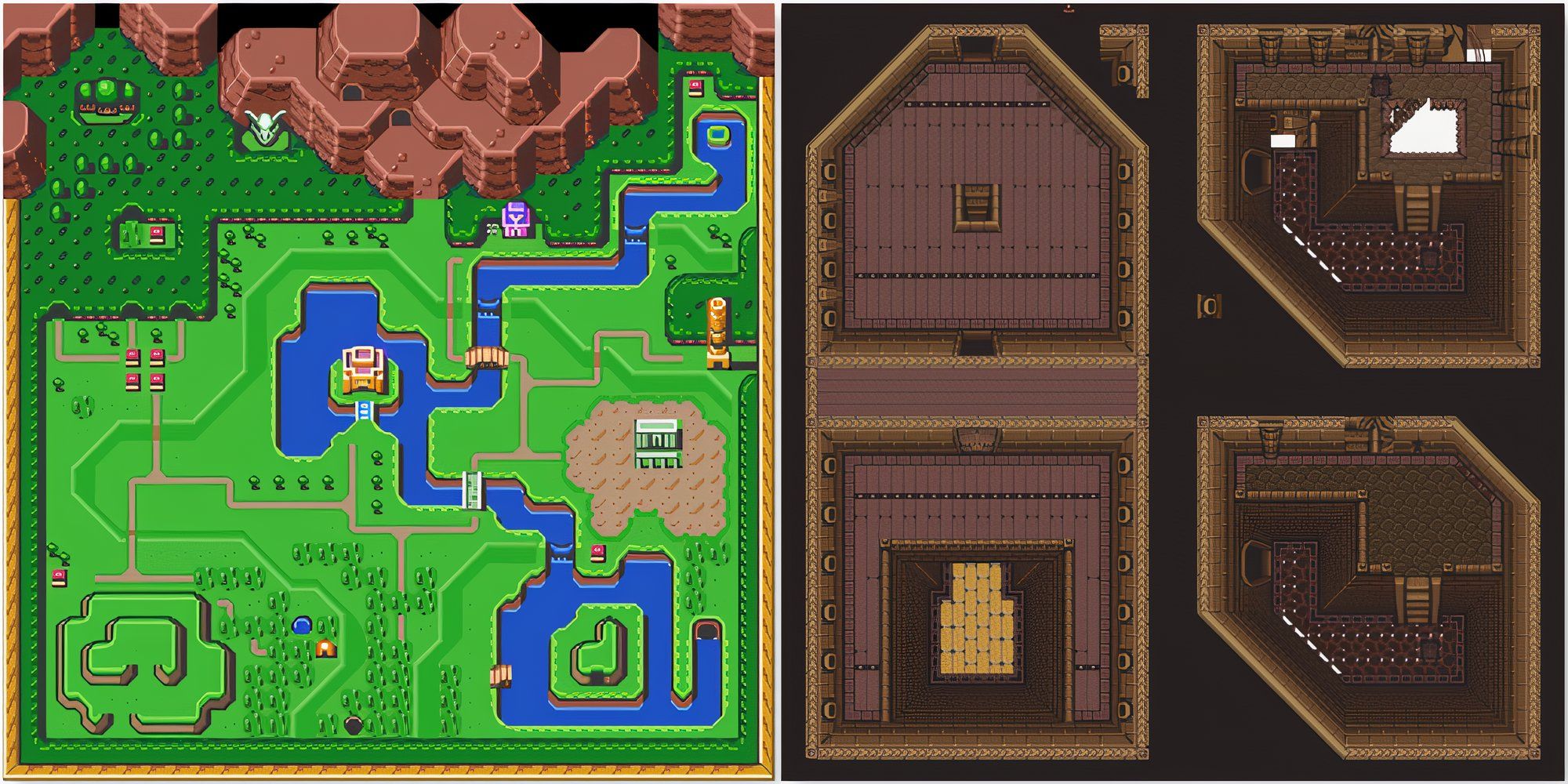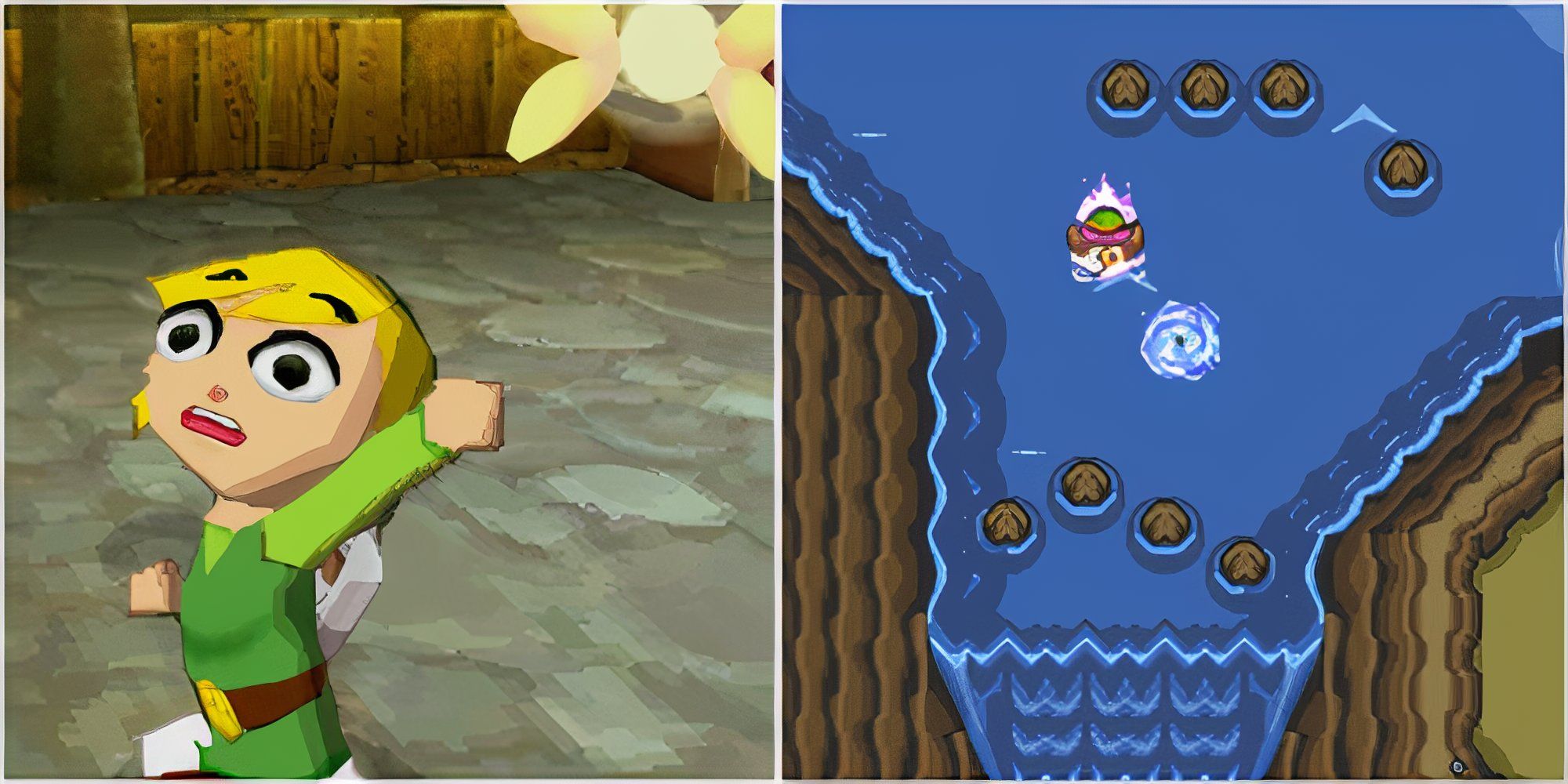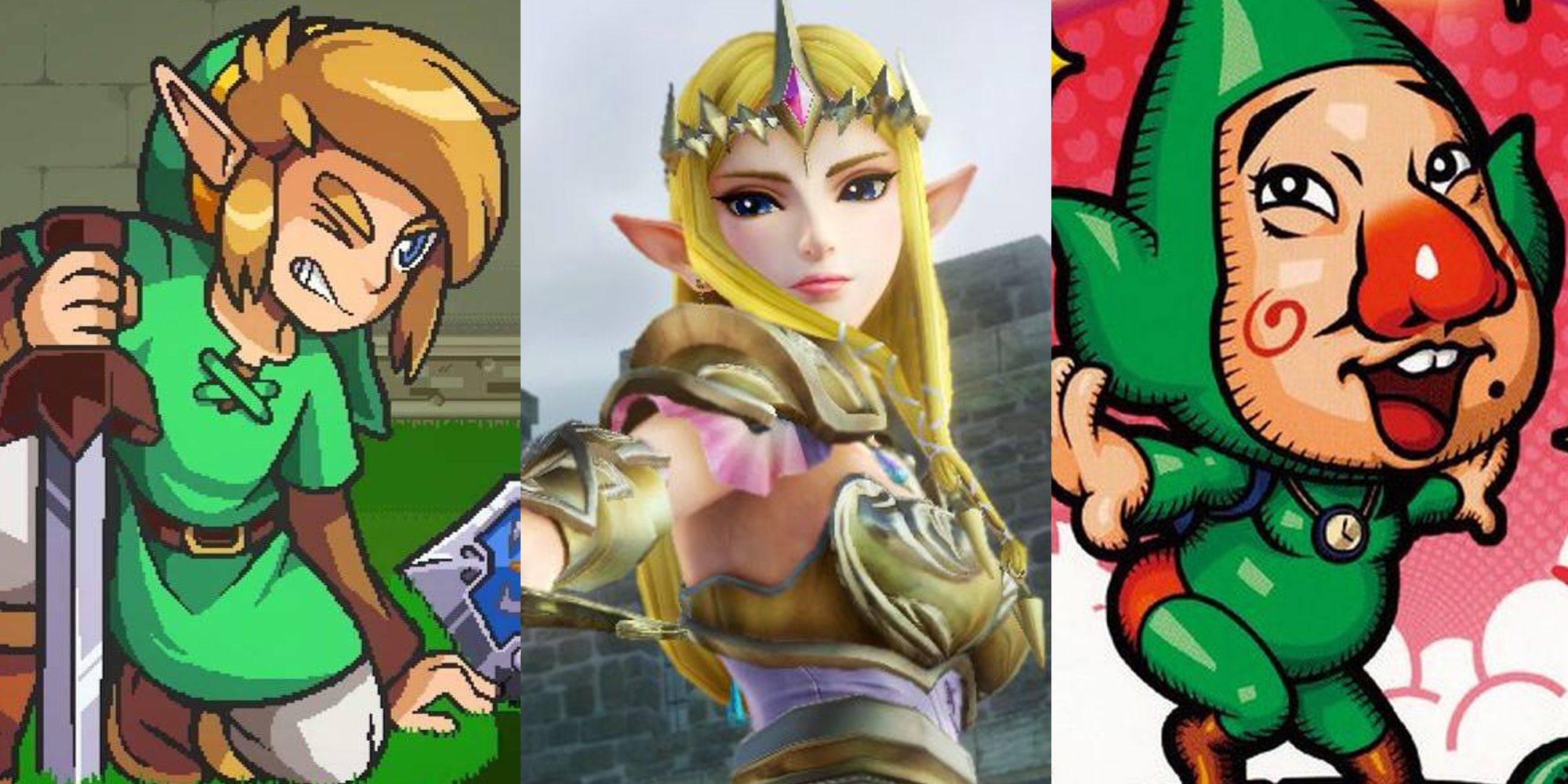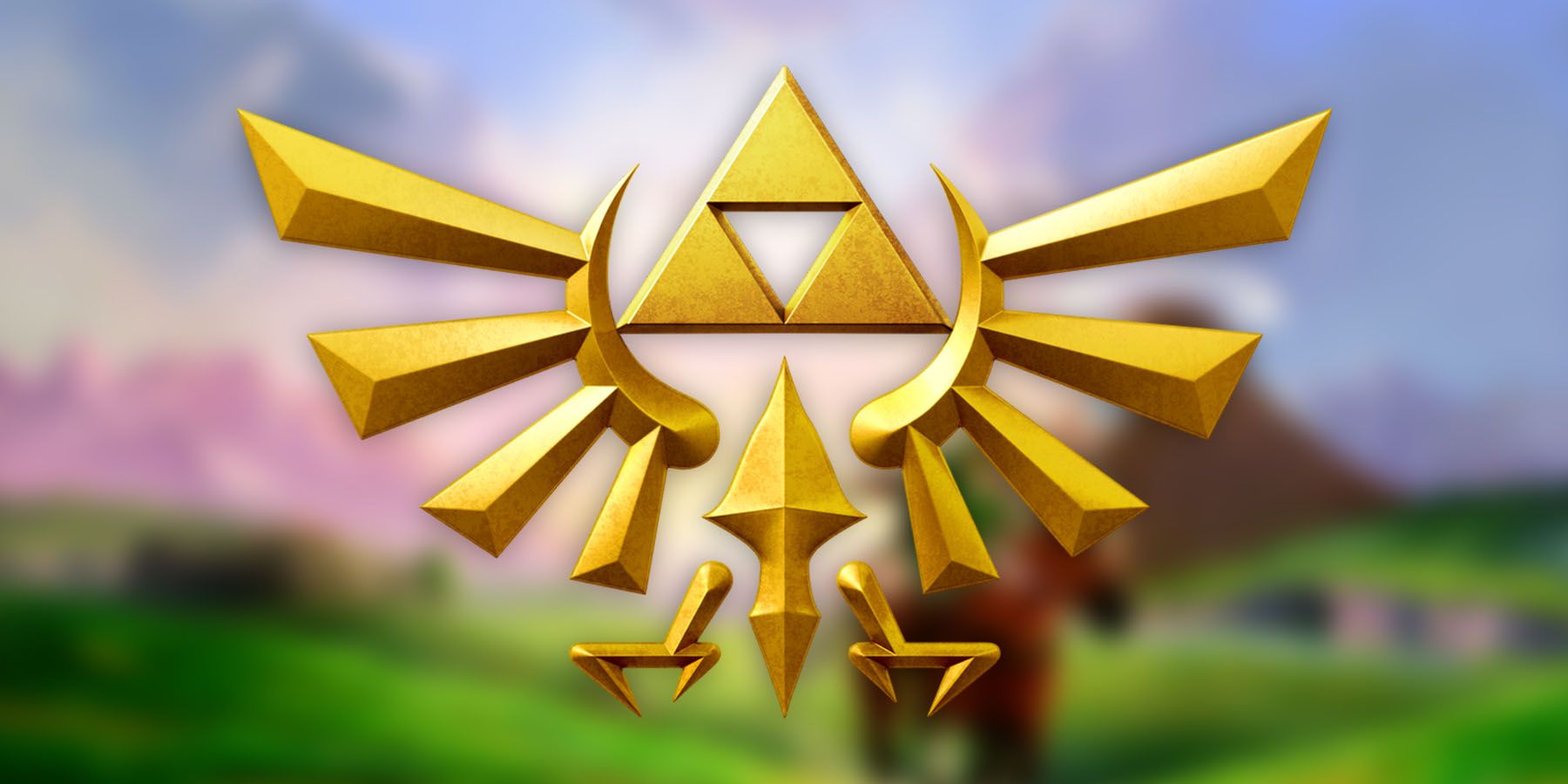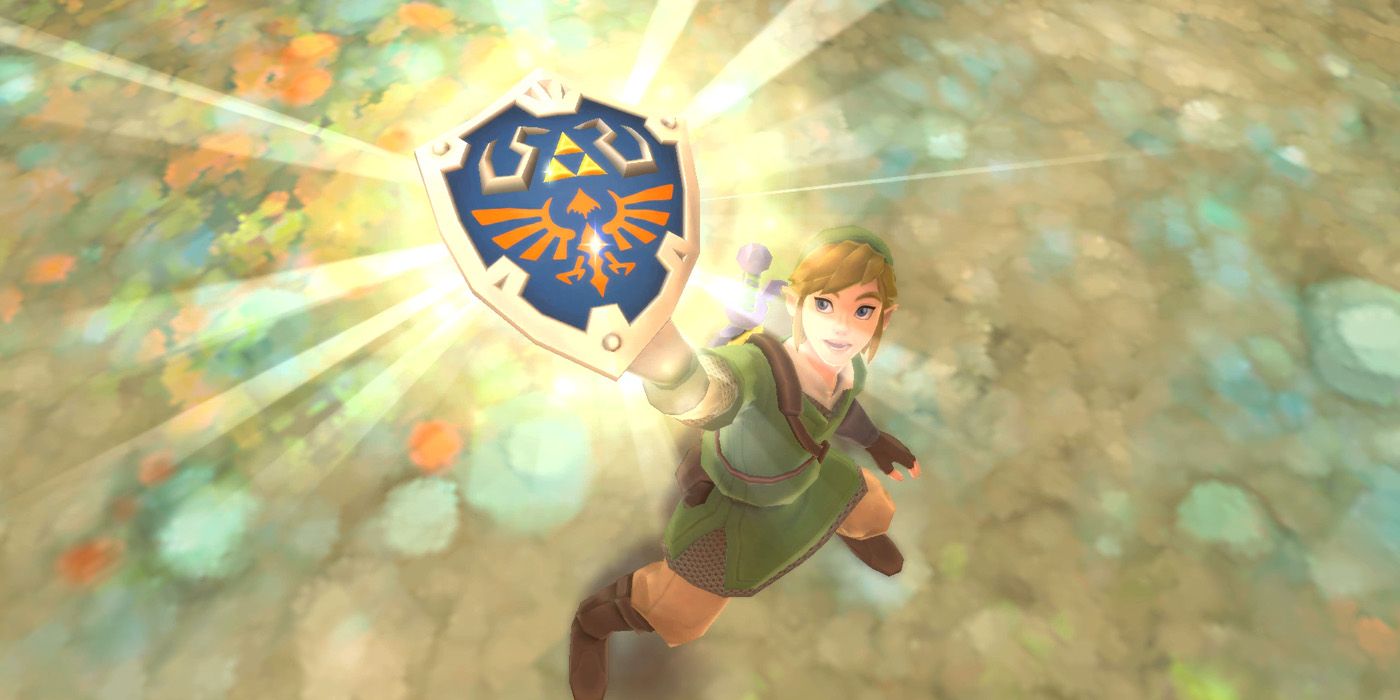Highlights
- The Royal Hyrule Crest is a highly recognizable symbol in The Legend of Zelda series, appearing on buildings, armor, and the Hylian Shield wielded by Link.
- The crest represents the Royal Family of Hyrule and their connection to the Goddess Hylia, with the Triforce symbolizing their duty to protect it.
- While the crest first appeared in Ocarina of Time, it draws inspiration from Skyward Sword and has become a crucial part of the series' lore, appearing in multiple games.
One of the most iconic images within The Legend of Zelda series is the Royal Hyrule Crest, which can be found in a variety of locations across many games in the series. Aside from the Master Sword, the imagery of the Royal Hyrule Crest is likely the most commonly recognizable mark of The Legend of Zelda series that even the most casual fans of the games can identify. While on the surface the Royal Hyrule Crest may just seem to be an interesting design, it holds a much deeper meaning that connects important pieces of the series' lore together.
As its name suggests, the Royal Hyrule Crest is the symbol of the Royal Family of Hyrule who are decedents of the Goddess Hylia and to whom each incarnation of Princess Zelda is born. The crest is most often found on buildings such as the Temple of Time and Hyrule Castle as well as on Hyrule guard uniforms and armor. Out of all the places this image appears, players are likely most familiar with the Royal Crest of Hyrule adorned upon the Hylian Shield which is often wielded by Link in many of the series' entries.
The Meaning Behind the Royal Hyrule Crest's Design
While it has become one of the most iconic images in the series, the Royal Hyrule Crest didn't appear until The Legend of Zelda: Ocarina of Time where it could be seen around Castle Town and on the Hylian Shield. Since its introduction, the Royal Hyrule Crest has appeared in Wind Waker, Twilight Princess, Spirit Tracks, Skyward Sword, A Link Between Worlds, Breath of the Wild, and Tears of the Kingdom. While the degree to which it can be found in each of these games differs, it's safe to say the symbol is an incredibly important aspect of the Zelda series.
There are two main elements that comprise the design of the Royal Hyrule Crest, with the first being a symmetrical pair of bird-like wings on either side of the crest. These along with the claw-like designs along the bottom of the crest are meant to symbolize the Crimson Loftwing of the hero of the Sky Era before the land of Hyrule was settled on the ground below. Th Royal Crest of Hyrule is a reference to the events of Skyward Sword, and its design shares a resemblance with the Goddess Crest of that game.
The other main component of the Royal Hyrule Crest is the Triforce that sits above the depiction of the Loftwing. The Triforce is a staple of the Zelda series with its power being broken down into three sections: the Triforce of Wisdom, the Triforce of Courage, and the Triforce of Power each possessed by the incarnations of Zelda, Link, and Ganon respectively. Following its creation by the Golden Goddesses Din, Nayru, and Farore, the Goddess Hylia was tasked with protecting the Triforce and passed that duty on to the royal family, which is why the family crest incorporates it into the design.
It's interesting to see how the Royal Crest of Hyrule gets much of its inspiration from Skyward Sword despite it originally appearing in Ocarina of Time, demonstrating the developers' commitment to fleshing out the greater lore of the series. Another point of interest is the fact that the crest appears in Breath of the Wild and Tears of the Kingdom despite the lack of a proper Triforce appearing in those titles. The presence of the Royal Hyrule Crest throughout these games is a testament to how well it has been designed, and the legacy of the symbol has made it a crucial part of The Legend of Zelda series.

